Steak Cuts
We offer a unique culinary experience with a menu featuring select steak cuts, each distinct in taste and texture. Our innovative approach includes a specialised dry-ageing process using wagyu fat or butter, enhancing the natural flavours of the beef.
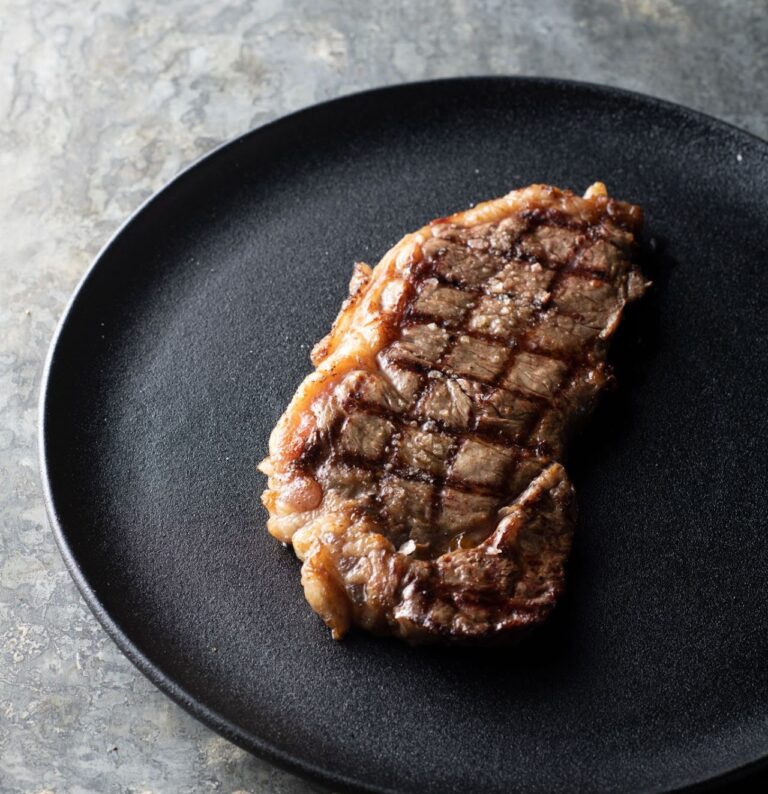
Sirloin
Taste and Texture: Sirloin steaks are known for their fine, almost buttery flavour. They are lean, making them less fatty than other cuts.
Uniqueness: Sirloin steaks stand out for being both tender and lean, making them a high-quality choice for those who prefer a less fatty steak.
Fat Content: Sirloin is relatively lean with minimal fat marbling. It might have a small amount of fat on the edge but not much within the muscle itself.
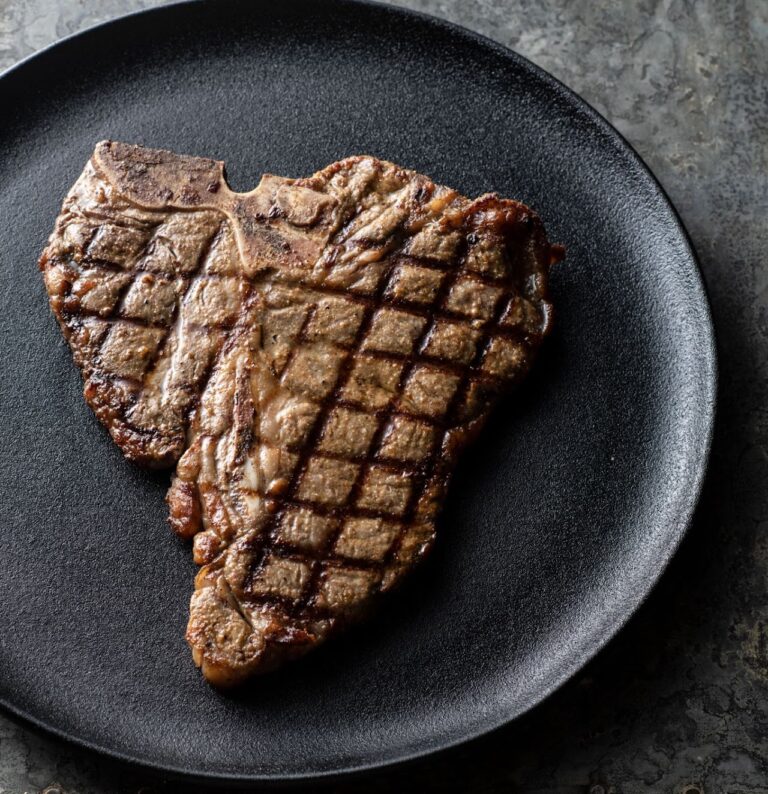
T-Bone
Taste and Texture: This cut features two types of steak separated by a T-shaped bone: tenderloin and strip steak. The tenderloin is more tender but less flavourful, while the strip side is slightly tougher but more flavourful.
Uniqueness: The T-Bone offers a unique experience because you get to taste two different types of steak in one cut. Its cooking can be tricky due to the different rates at which each side cooks.
Fat Content: The T-Bone has varying fat content due to its dual nature. The tenderloin side has very little fat, while the strip steak side has moderate marbling. There’s often a layer of fat around the edge of the strip side.
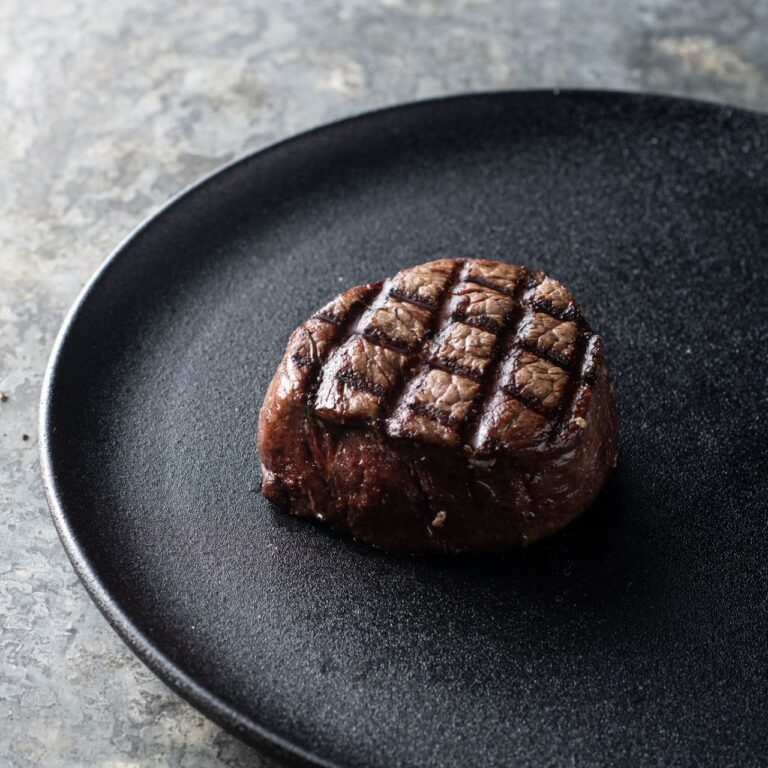
Eye Fillet
Taste and Texture: Eye fillet is exceptionally tender and has a subtle, refined beef flavour. It’s usually lean with minimal fat marbling.
Uniqueness: As a cut that comes from a muscle doing little work, its tenderness is almost unmatched, making it a prized choice for those who prioritise texture over intense flavour.
Fat Content: Eye fillet is known for being very lean with almost no fat marbling. This is why it’s so tender but not as flavourful as fattier cuts.
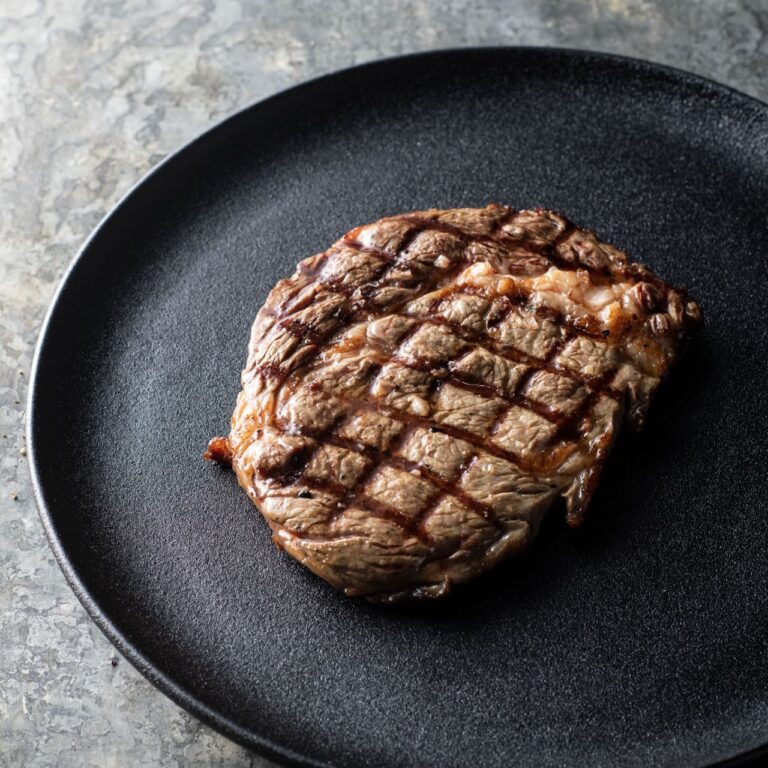
Scotch Fillet
Taste and Texture: Known for its tenderness and rich, beefy flavour, the scotch fillet usually has significant fat marbling, contributing to its juicy taste.
Uniqueness: This cut balances tenderness and flavour beautifully, making it a favourite for many steak lovers.
Fat Content: Scotch fillet is well-known for its significant fat marbling throughout the muscle, which contributes to its rich flavour and juicy texture.
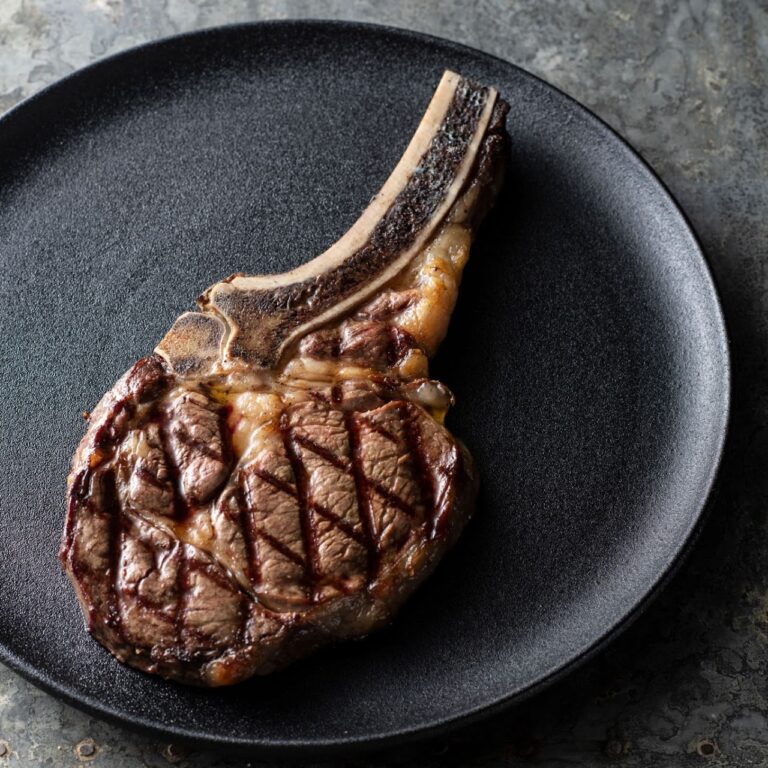
OP Rib Eye
Taste and Texture: Includes both the ribeye muscle and rib bone, resulting in a hearty, beefy flavour. The marbling in this cut enhances its taste and juiciness.
Uniqueness: The presence of the rib bone and significant marbling makes it a flavourful and satisfying choice, especially for those who enjoy the taste that bone-in cuts offer.
Fat Content: Similar to the Scotch fillet, the OP Rib Eye has considerable marbling, providing a rich and hearty flavour. The marbling is consistent throughout the cut.
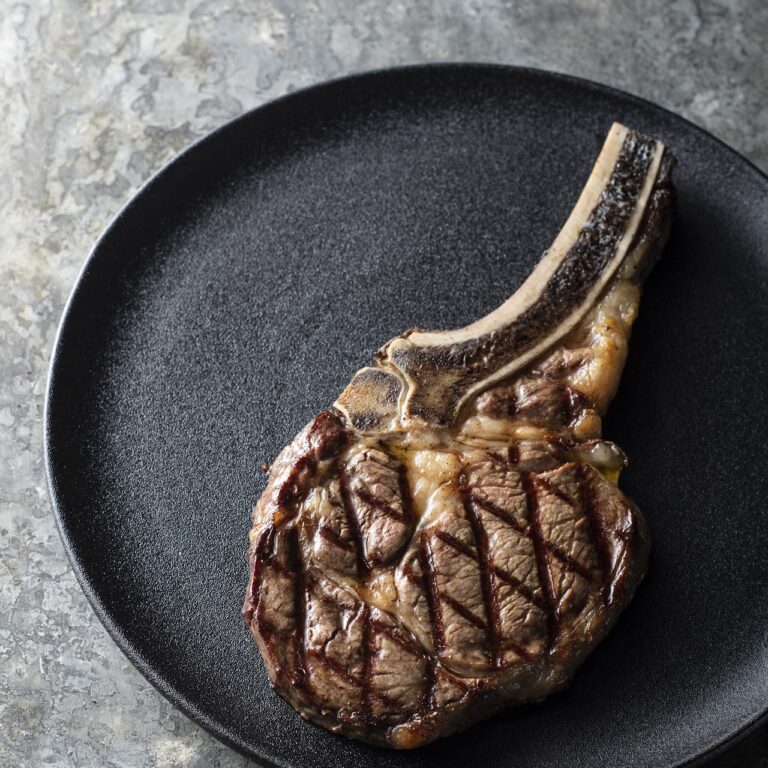
Dry Aged Rib Eye
Taste and Texture: The dry aging process concentrates the flavours, making it more intense and beefy. The marbling adds to its juiciness.
Uniqueness: This cut is known for its superior taste and dramatic presentation, especially appreciated by steak connoisseurs.
Fat Content: This cut also features significant marbling like other ribeye variants. The dry aging process may reduce the overall moisture content, but the fat remains, concentrating the flavour.
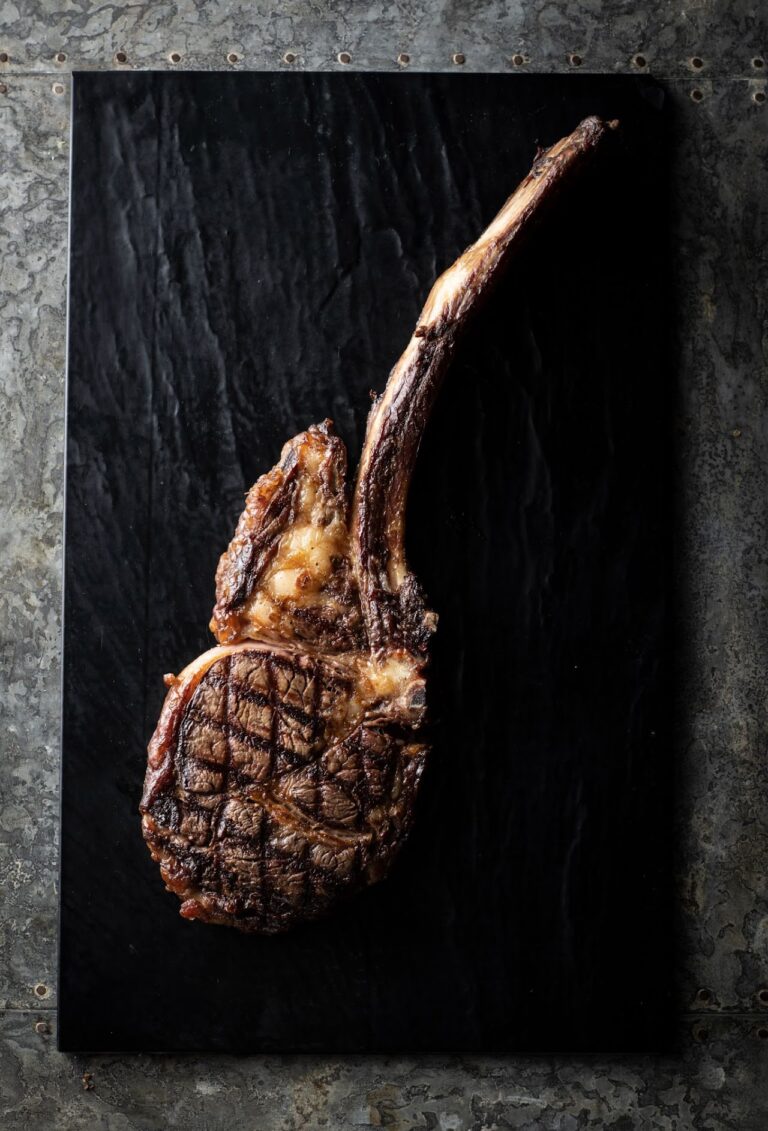
Tomahawk
Taste and Texture: Similar to a bone-in ribeye, the tomahawk steak is tender and flavorful, with the bone enhancing its taste.
Uniqueness: The large rib bone attached to the steak not only contributes to the flavor but also makes for an impressive presentation. The bone is thought to add depth to the flavor during cooking.
Fat Content: The Tomahawk, being a type of ribeye, has abundant marbling throughout the meat. This marbling is key to its rich taste and succulent texture.
About Dry Aging
The dry-aging process involves several meticulous steps to enhance flavour and tenderness. High-quality beef is selected and placed in a controlled environment with specific temperature, humidity, and air circulation. This ageing period can last from a few weeks to several months, during which moisture evaporates and natural enzymes break down connective tissue, intensifying the beef’s flavour and softening its texture. After ageing, the dry, hardened outer layer of the meat is trimmed away. The resulting steak, known for its concentrated flavour and tender consistency, is then ready for cooking.